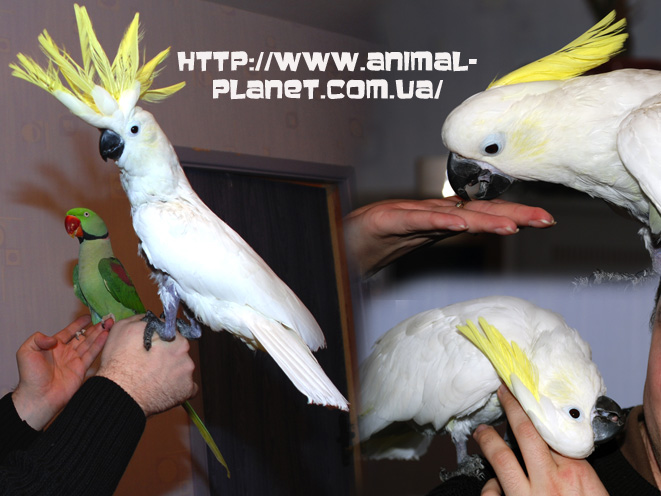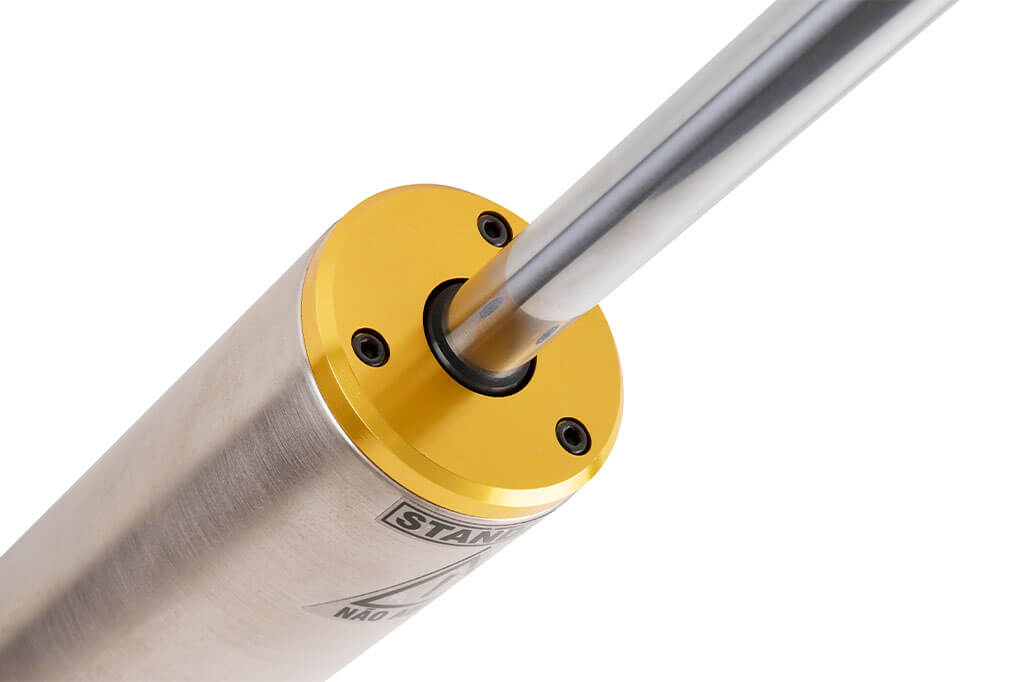

The findings can be best explained by the variation in social complexity among species, rather than in their ecology.Īltevogt R (1953) Über das “Schöpfen” einiger Vogelarten. The rainbow lorikeets were outperformed by the parrotlets, but outperformed in turn the macaws and the cockatoos. In contrast, macaws and cockatoos failed to identify the correct string in these two tasks. Spectacled parrotlets performed best among the four species and solved the most complex choice tasks, namely crossed-string task and broken-string task, spontaneously. The species tested showed a high individual and inter-specific variation in their ability to solve the tasks. We varied the spatial relationship between the strings, the presence of a reward and the physical contact between the string and the reward to test different cognitive skills requiring means–end comprehension. In this paper, we compare the performance of four parrot species, spectacled parrotlets ( Forpus conspicillatus), rainbow lorikeets ( Trichoglossus haematodus), green-winged macaws ( Ara chloroptera) and sulphur-crested cockatoos ( Cacatua galerita triton) in standardized string-pulling and string-choice paradigms. We have to share this world and all its inhabitants, not destroy what gets in our way.A comparative approach is required to investigate the evolutionary origins of cognitive abilities. When I was a youngster and my dear Dad grew vegetables, he told me he always planted twice more than he needed: One third would succumb to the weather and disease, one third for the animals and birds who would eat them and the last third for him and his family. They may destroy some crops and chew wooden buildings, but this is their homeland their native habitat which has gradually been destroyed by humans, you have to have sympathy for these birds. Long before the white europeans dominated Australia. This cockatoo has been in Australia for as long as the aboriginal native people of Australia estimated between 40,000 and 70,000 years ago. They are still persecuted and shot/poisoned by farmers for destroying crops and sometimes poisoned just by idiots because they can. They are now a protected species in Australia but there are still licensed culls sadly in some parts. They have been trapped in huge numbers, gassed, poisoned, netted and killed by being beaten to death, culled by the Australian authorities. Over the generations this species has been persecuted by humans.


They are a wonderful species, can be very loud and in Australia they are seen in huge numbers. The true Galerita is not often seen in the UK. Sadly in captivity the species have been interbred either by unscrupulous breeders who aren't worried they are hybridising species or just because they haven't bothered to find out. Either way it seems they don't care. Usually because they all have a yellow crest, but there are noticeable differences in each species.

Often this species is mistaken for Yellow Crested, Eleonoras and Triton. They are the largest of the Sulphur Crested cockatoos and weigh in at around 1,000 grams. Some birds in Puerto Rico (not breeding). Introduced to New Zealand and Palau, where they are now resident and breeding. The largest population in Australia and the country where most people associate this cockatoo with. This species originates from Australia, Indonesia and Papua New Guinea.


 0 kommentar(er)
0 kommentar(er)
